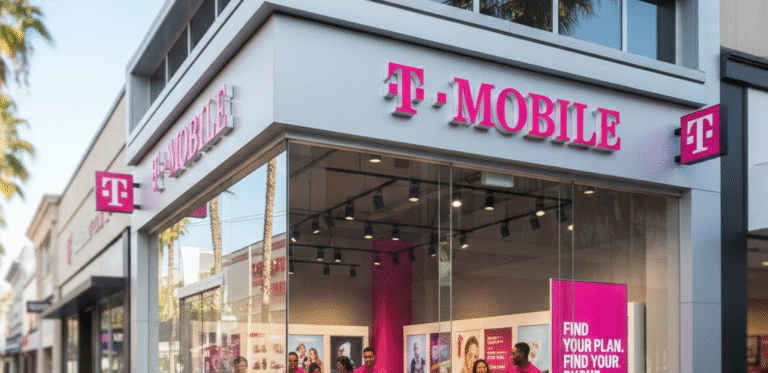
What Is Employer Branding?
Employer branding refers to the collective perception individuals hold about an organization as a place to work. It encapsulates a company’s values, reputation, and the promise it extends to both prospective and current employees. In a world where job seekers behave increasingly like consumers, this perception has tangible effects, and companies are frequently evaluated online long before a candidate submits a resume. This concept is not limited to catchy marketing phrases; it involves a blend of company culture, workplace policies, growth opportunities, and everyday employee experiences that paint a holistic picture for outsiders.
Organizations embracing employer branding as an ongoing, strategic effort tend to outperform their competitors in the talent market. According to data from the Society for Human Resource Management, organizations with robust employer branding see up to a 50% decrease in cost-per-hire and can attract nearly twice as many applicants for open positions compared to their peers. That is why having a clear understanding of what is employer branding helps organizations position themselves strategically in a crowded recruitment landscape. Beyond these measurable benefits, investing in a strong employer brand can foster increased engagement, spark innovation, and drive better alignment with company values, creating long-term dividends for both recruitment and retention.
How Employer Branding Influences Candidate Behavior
The path from job seeker to enthusiastic applicant has undergone a radical transformation over the last decade. Today’s candidates are much more proactive in return, often spending hours researching organizations through social media, employee reviews, sites, and direct recommendations from people in their network. In this environment, a strong employee sense of loyalty to the brand serves as an ongoing commitment, and employees and reviewers will notice any disconnect between the portrayed image and actual work life.
Studies indicate that a positive employer brand can double the number of qualified candidates for any given role. It also results in increased diversity in the applicant pool and a 28% decrease in employee turnover, a significant figure in an era where retention challenges are top of mind. Organizations known for their commitment to development, flexibility, inclusion, or purpose-driven work experience have much higher interest from job seekers who are seeking more than just a paycheck. These trends reinforce the idea that candidates are attracted not just to compensation but to environments where they can thrive and grow.
Shaping an Authentic Employee Value Proposition
Effective employer branding centers on the employee value proposition (EVP), which is the agreement between the company and the employee about what they receive in return for their time, talent, and commitment. This includes not only compensation and benefits but also opportunities for professional development, career advancement, work-life balance, and a sense of belonging. Authenticity is crucial; employees and reviewers will notice any disconnect between the portrayed image and actual work life.
The numbers are telling: 75% of job seekers consider an employer’s brand before applying. Authentic, consistent messaging attracts candidates who match the company’s skills and values. Co-creating an EVP with current employees ensures that promises align with real experiences, embedding the employer brand throughout the employee lifecycle.
Measuring Success in Employer Branding
The effectiveness of employer branding is best understood through both quantitative and qualitative measures. While increases in application numbers are useful, deeper insights emerge when focusing on metrics directly tied to the quality of hire and employee happiness. Key performance indicators include offer acceptance rates, employee retention and engagement, time-to-fill for open roles, and referral rates. These numbers provide insight into how the employer brand performs in real-world situations.
To support these figures, ongoing feedback from pulse surveys and regular monitoring of online reviews help organizations pinpoint where their brand is excelling and where it might be falling short. Companies at the forefront of employer branding view this as a dynamic process, continually adjusting messaging and strategy as the needs and expectations of job seekers shift over time.


